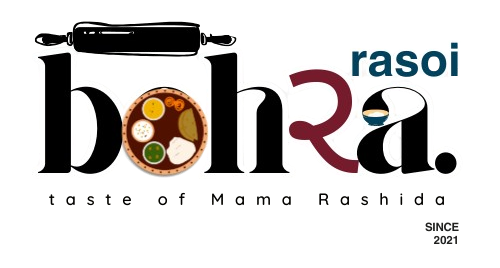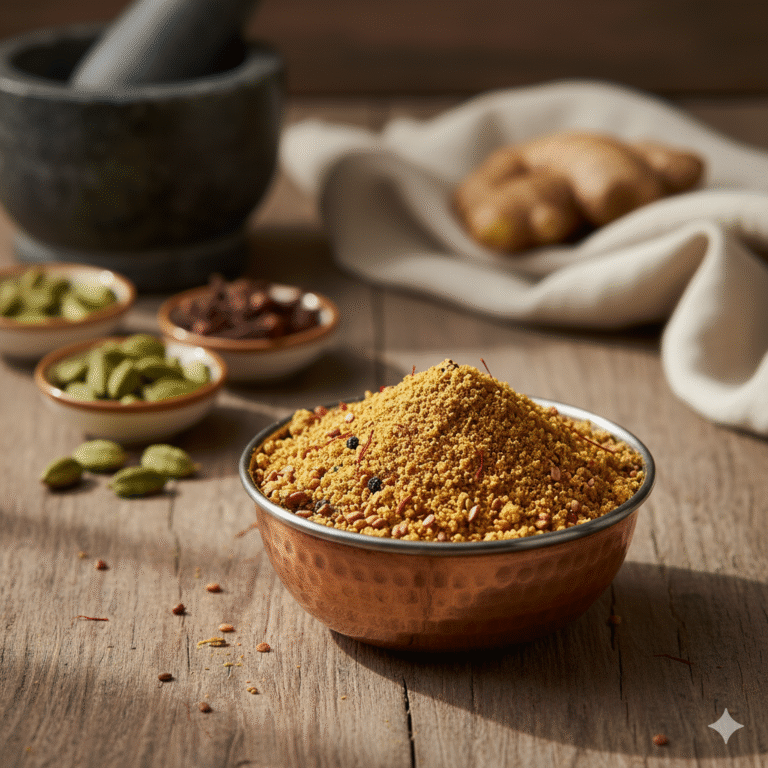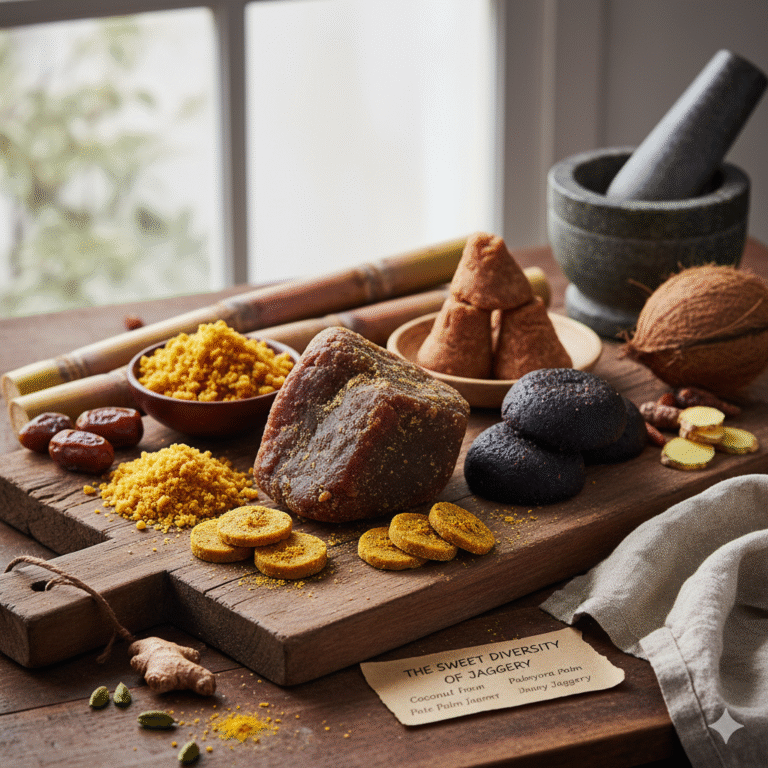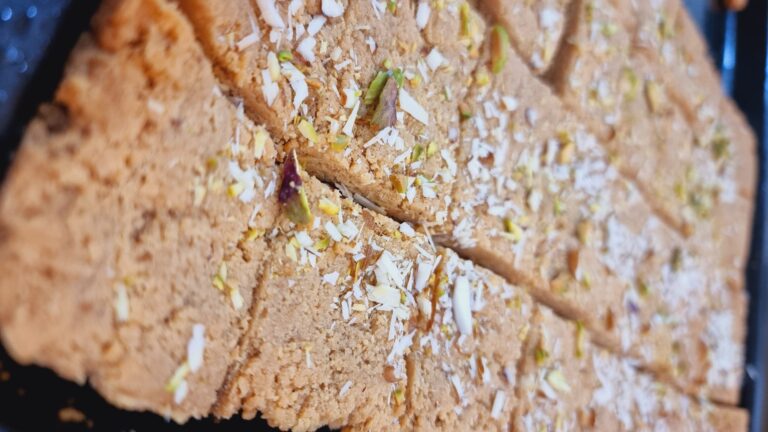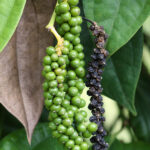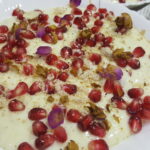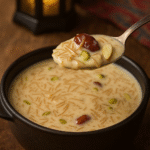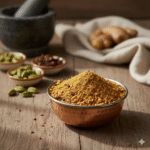The Best Fluffy Pancakes recipe you will fall in love with. Full of tips and tricks to help you make the best pancakes.
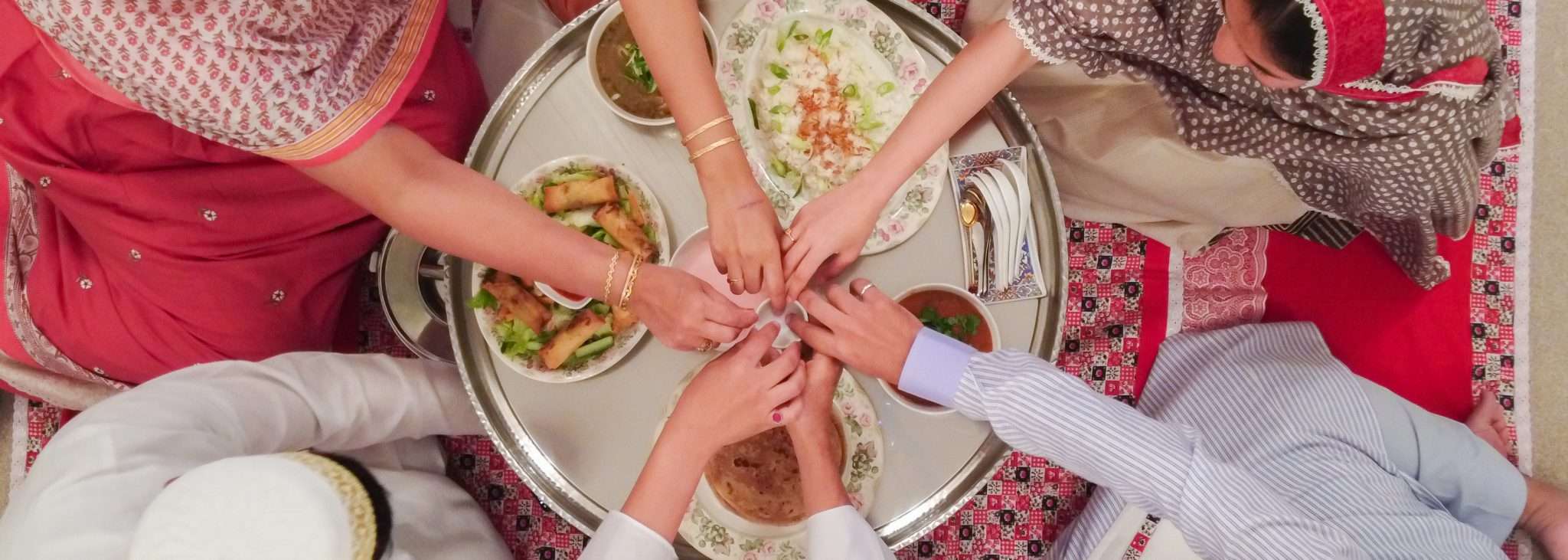
Unveiling the Rich Tapestry of Dawoodi Bohra Culture
From the bustling kitchens of Gujarat to the intimate thaal gatherings across continents, the Dawoodi Bohra community embodies a legacy steeped in faith, tradition, and flavour. This blog takes you on a journey through the rituals, food, and identity of a community that continues to honour its heritage while embracing the modern world.
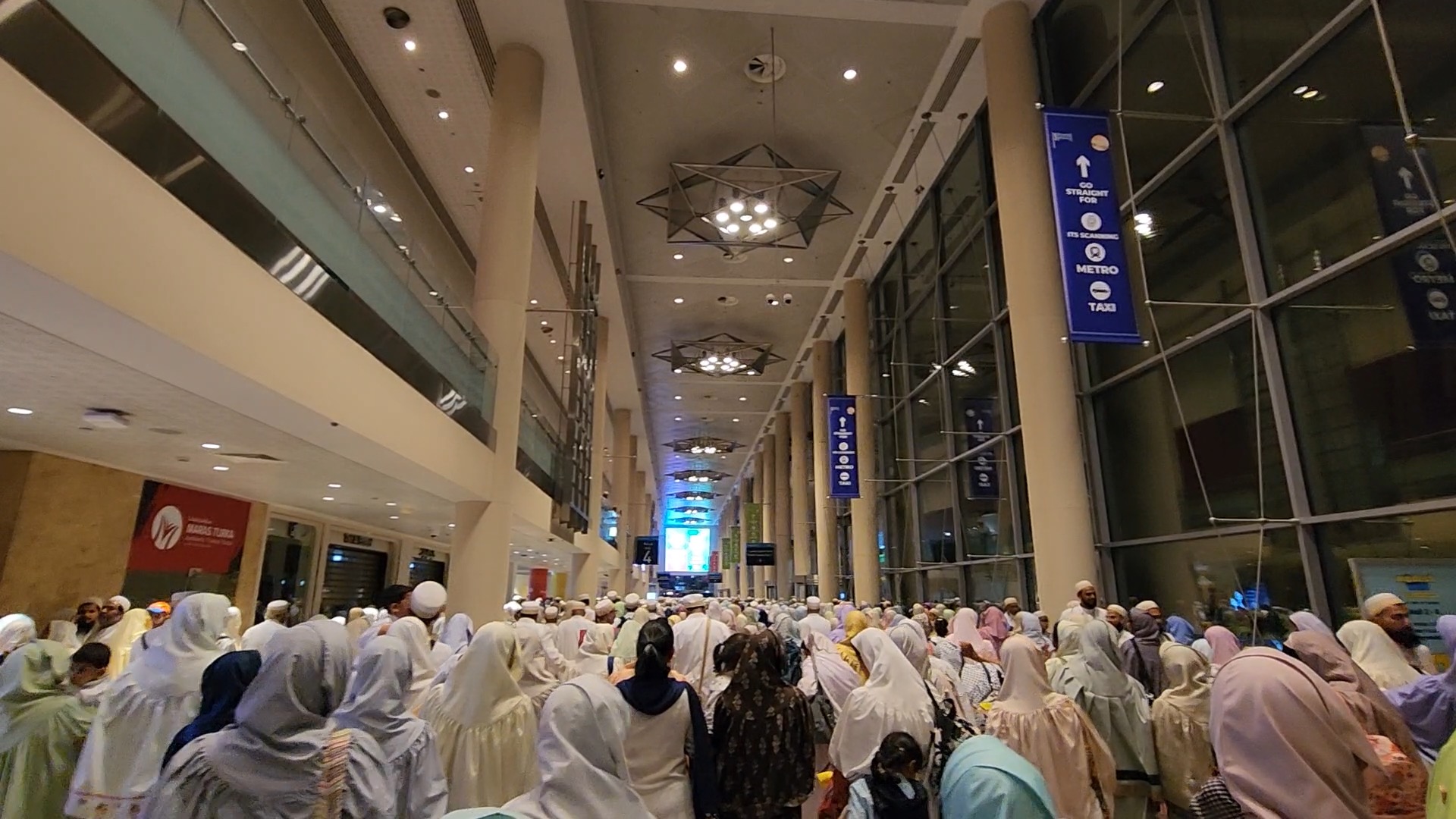
Dawoodi Bohra Roots: From Fatimi Imams to Global Citizens
The Dawoodi Bohras trace their spiritual lineage to the Fatimi Imams of Egypt—direct descendants of Prophet Mohammed (SAW). Over time, their journey took them from Yemen to Gujarat, India, where the community flourished. Today, Dawoodi Bohras are a globally thriving group, found across India, Pakistan, East Africa, the Middle East, North America, South East Asia, Europe, and Australia.
Led by the al-Dai al-Mutlaq (unrestricted missionary), the Bohras have remained a closely-knit community for over 450 years, with a strong emphasis on education, ethical trade, and interfaith harmony.
Commitment to Faith, Culture, and Coexistence
Throughout history, the Dawoodi Bohras have maintained strong relations with their host countries. Their interactions span Mughal courts, British colonial regimes, and contemporary political environments—always marked by a spirit of peace, adaptability, and contribution.
Their identity is a beautiful balance of religious devotion and cultural integration, making them respected members of any society they settle in.
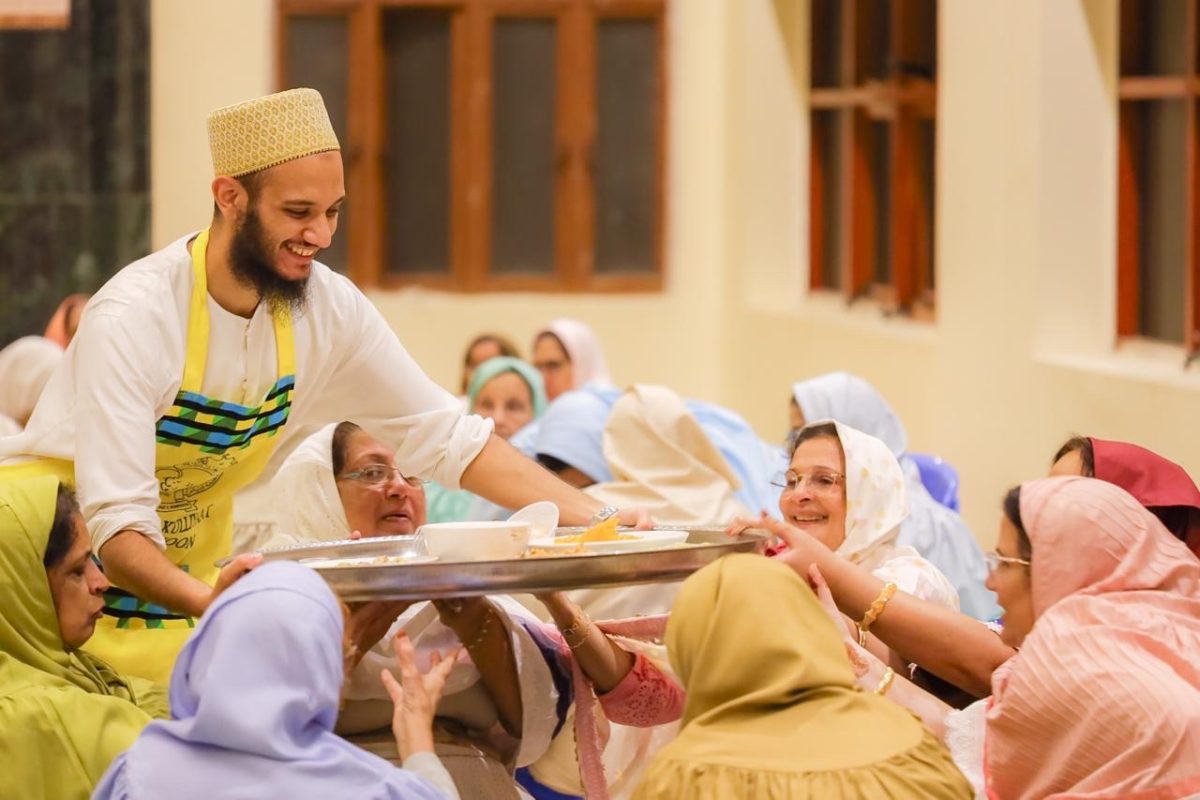
Gujarat Influence: How Bohra Cuisine Became a Melting Pot
The community’s long-standing presence in Surat and other parts of Gujarat has left a lasting impact on their culinary heritage. Traditional Yemeni and Arabic influences merged with Gujarati, Mughlai, and even African elements to create a cuisine that’s rich in flavour and history.
Staples like kebabs, tikkas, khaaras, and mithaas highlight this diversity. The result? A flavour-packed Bohra thaal that is truly one-of-a-kind.
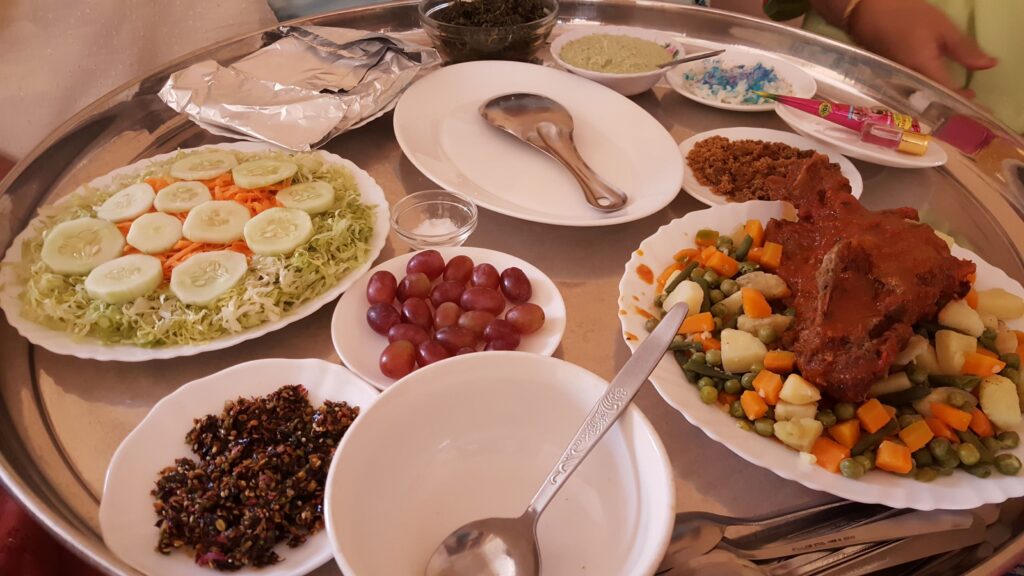
Inside the Thaal: Communal Eating in Bohra Culture
At the heart of Bohra culture lies the thaal—a large, round metal plate around which families gather to eat together. Seated in groups of 8–9, everyone shares each dish in a set sequence, promoting equality, unity, and gratitude.
Thaal Etiquettes and Symbolism:
- Passing Salt: The meal starts with each person tasting a pinch of salt, believed to cleanse the palate and set the tone.
- Placement Protocol: The thaal is only placed once at least one person is seated, emphasising collective experience.
- Chelamchi Lota Ritual: Before eating, water is poured over hands from a chelamchi lota for hygienic and symbolic purification.
- Right Hand Rule: Eating with the right hand is mandatory; the left hand is not used to maintain respect and cleanliness.
This style of dining isn’t just about food—it’s about fostering community, mindfulness, and harmony.
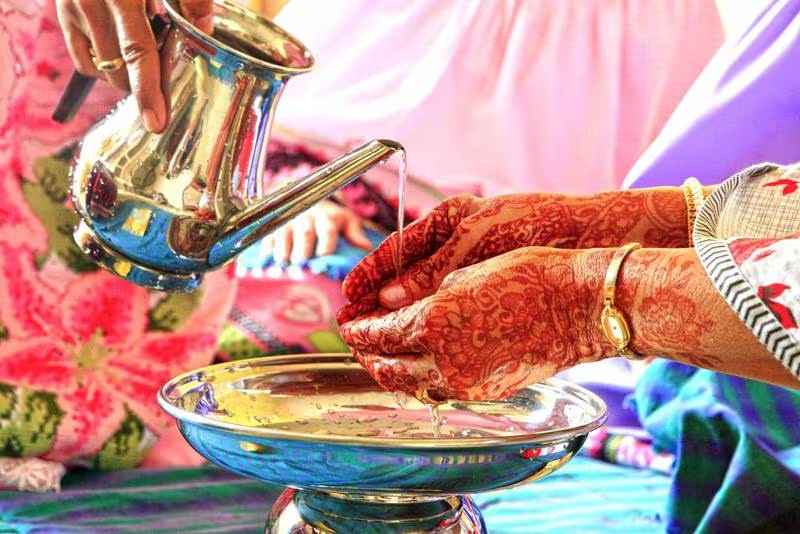
Flavours of Faith: Bohra Cuisine on Special Occasions
Whether it’s a wedding or the first of the Islamic month, Dawoodi Bohras express joy and remembrance through elaborate meals.
Bohra Wedding Feast
A Bohra wedding is a lavish affair where food plays a starring role. The meal starts with Sodannu (sweet rice with ghee and nuts), followed by alternating courses of kharaas (savouries) and mithaas (sweets), then:
- Starters: Cutlets, seekh kebabs, spring rolls
- Mains: Kaari chawal, biryani, chapattis/parathas
- Desserts: Ice cream, falooda, malido
Every course is meticulously served to enhance both flavour and experience.
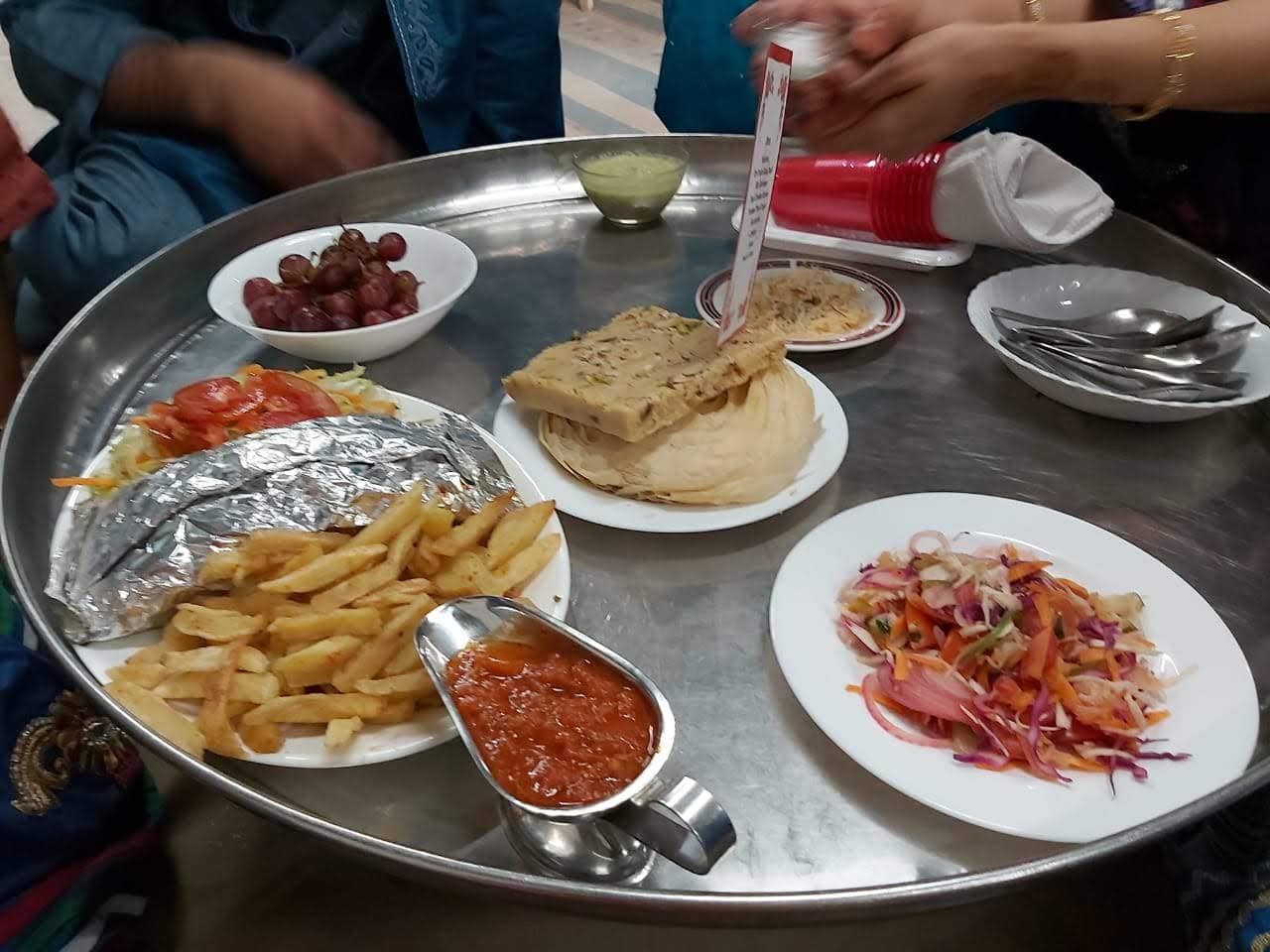
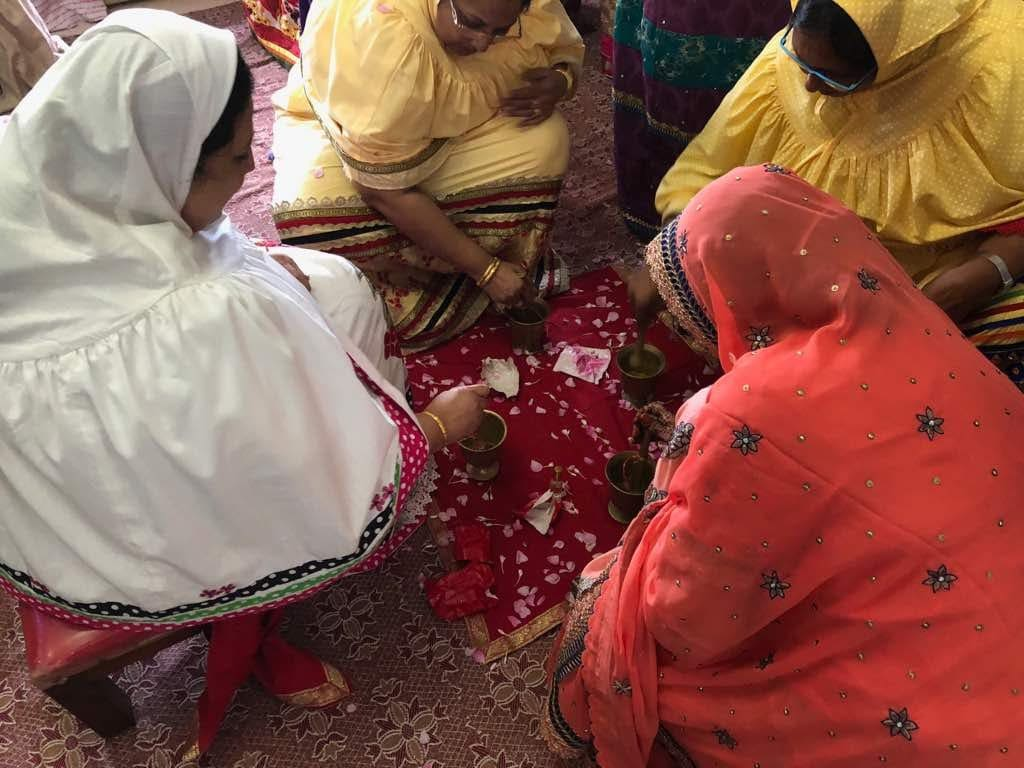
Muharram Observance Meals
The month of Muharram is sacred to the Bohras. On the 1st of Muharram, a celebratory thaal includes 28 to 52 dishes symbolising abundance. From the 2nd to the 10th, meals are simplified to reflect mourning:
- Only 3 items: One sweet, one savoury, and one main dish
- 10th Muharram: Special Khichda or Haleem with mutton, lentils, and green garlic
This culinary restraint mirrors the solemnity of the remembrance of Imam Hussein (AS).
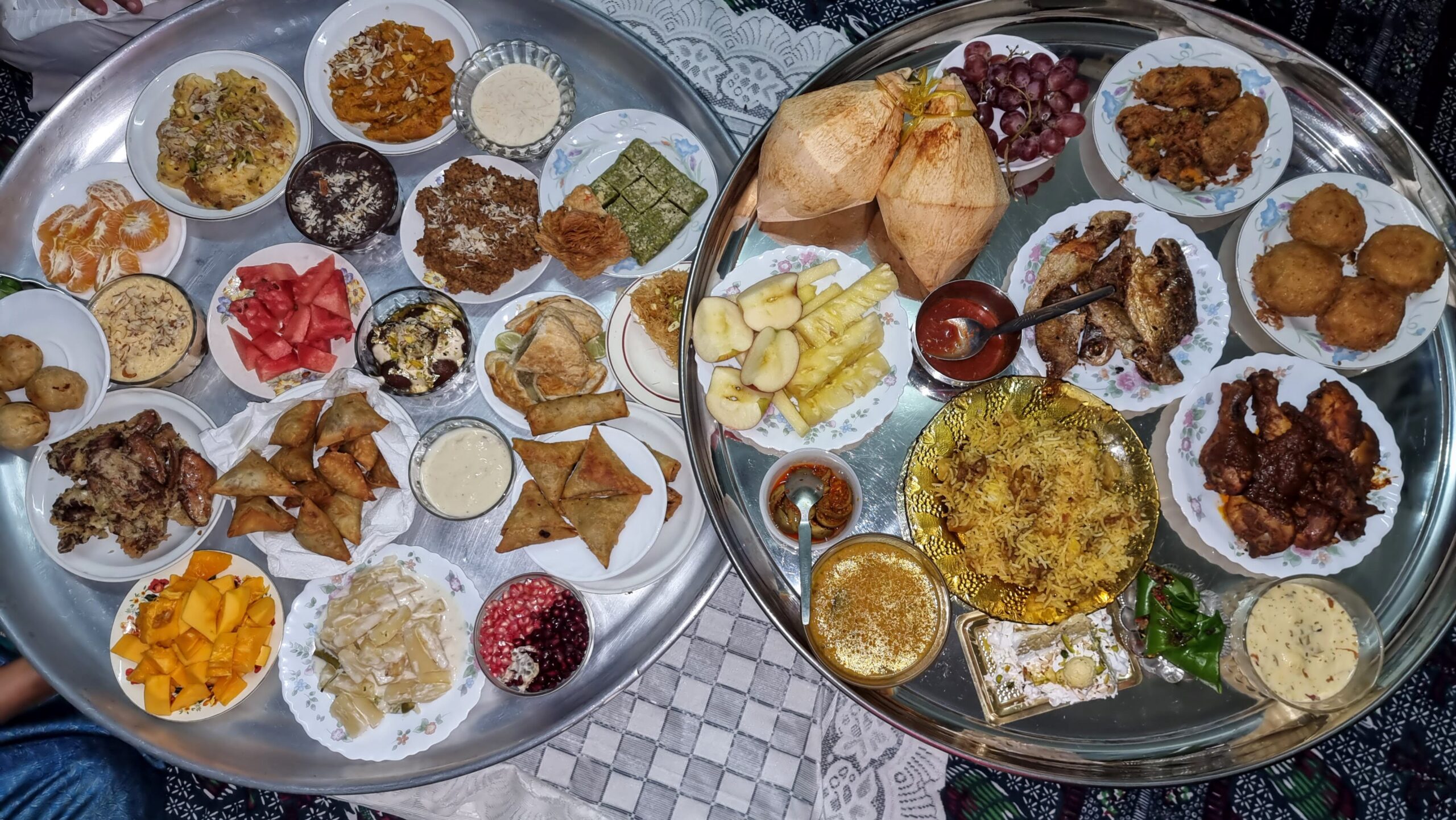
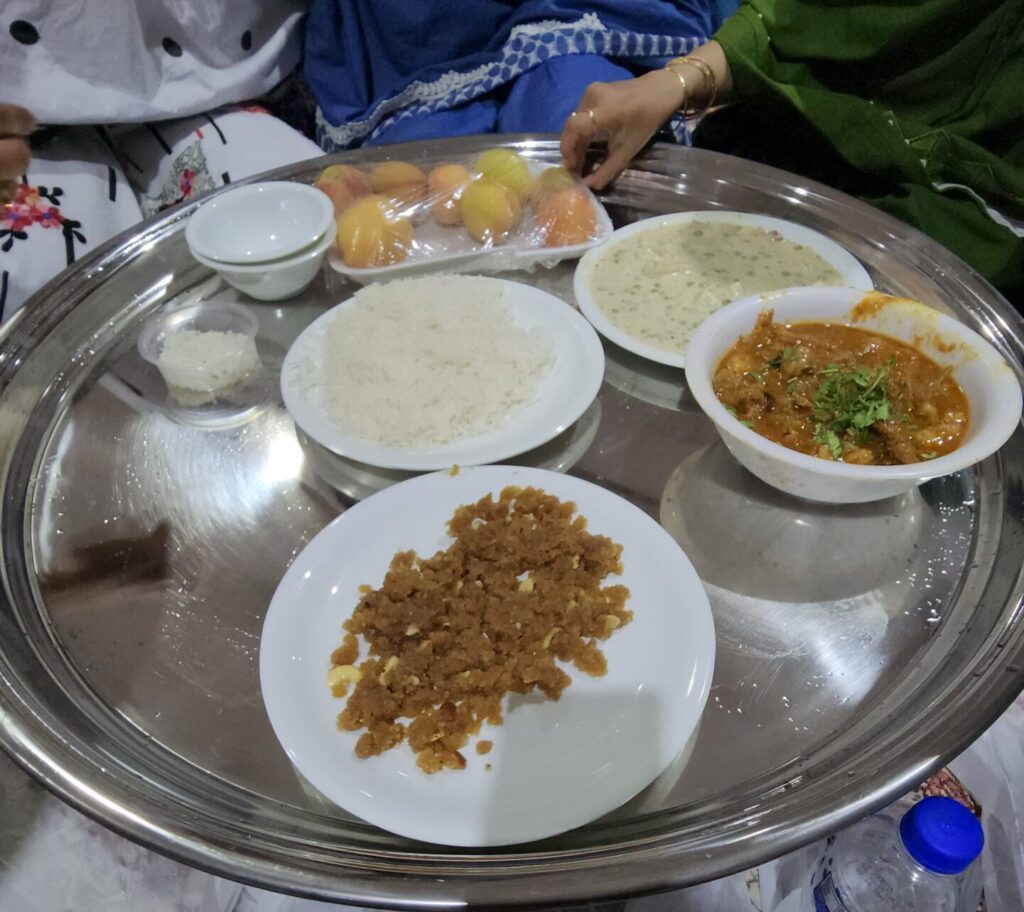
Other Celebrations & Traditions
- Eid ul Adha: Features Malido (crumbled wheat halwa) and Kharo Gosht (spicy dry meat)
- Milad un Nabi: The birth of Prophet Mohammed (SAW) is marked with Kalamro—a pink-hued yoghurt rice dessert
- Birthdays & First of Month: Often celebrated with Suji no Halwo and Chana
Each dish tells a story, often rooted in spirituality, joy, and gratitude.
Cultural Identity Through Attire and Rituals
Bohra women wear the elegant rida—a colourful and beautifully embroidered head-to-toe covering, while men don white topis adorned with golden threadwork. These garments not only signify identity but also celebrate modesty, dignity, and community pride.
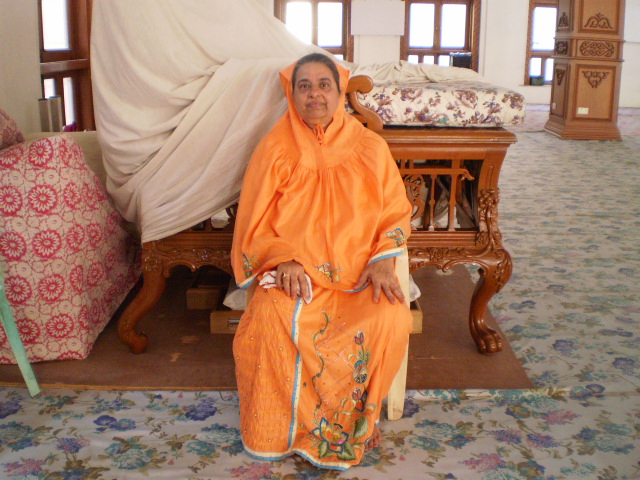
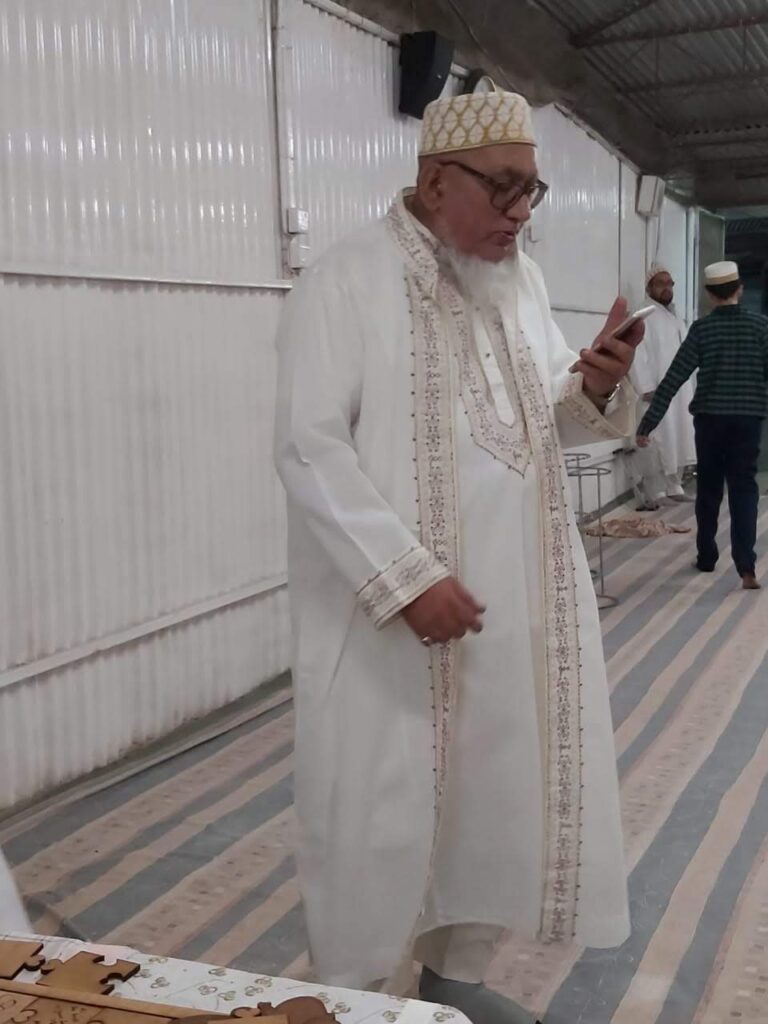
Why It Matters: Preserving Culinary and Cultural Legacy
In every thaal, in every shared morsel, and in every festive spread lies the essence of Bohra identity. These rituals and recipes are more than habits—they are our history, our language of love, and our way of staying connected across generations and geographies.
Ready to experience Bohra cuisine in your own kitchen?
Explore authentic recipes like Dal Chawal Palidu, Kheema Khichdi, or Khichda on Bohrarasoi.com.
Or, share your memories and favourite dishes in the comments below—let’s preserve this legacy together, one meal at a time. 🍽️
